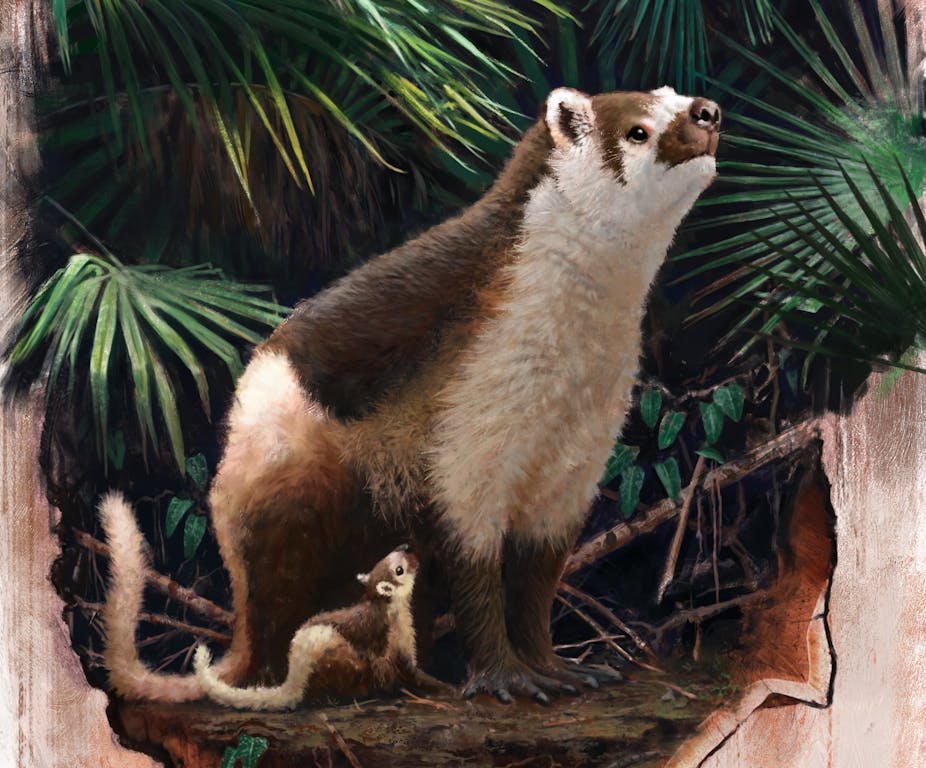Study of Fossil Teeth Gives Extraordinary Details
THIS ARTICLE shows the amount of detail which modern techniques allow. It is based on the study of a juvenile Pantolamda bathmodon, a bear-like species which became extinct in the Eocene with no living descendents. It lived about 62 million years ago, in what is now New Mexico.
Most of the work on this fossil was done on its teeth. The author was able to distinguish daily growth rings and to analyse the composition of each ring. He concludes that the creature was a placental animal, like us. This allows bigger babies to be born and thus larger sizes in adulthood.
It is things like this which allowed mammals to become the dominant type of animal in the modern world.

No comments:
Post a Comment